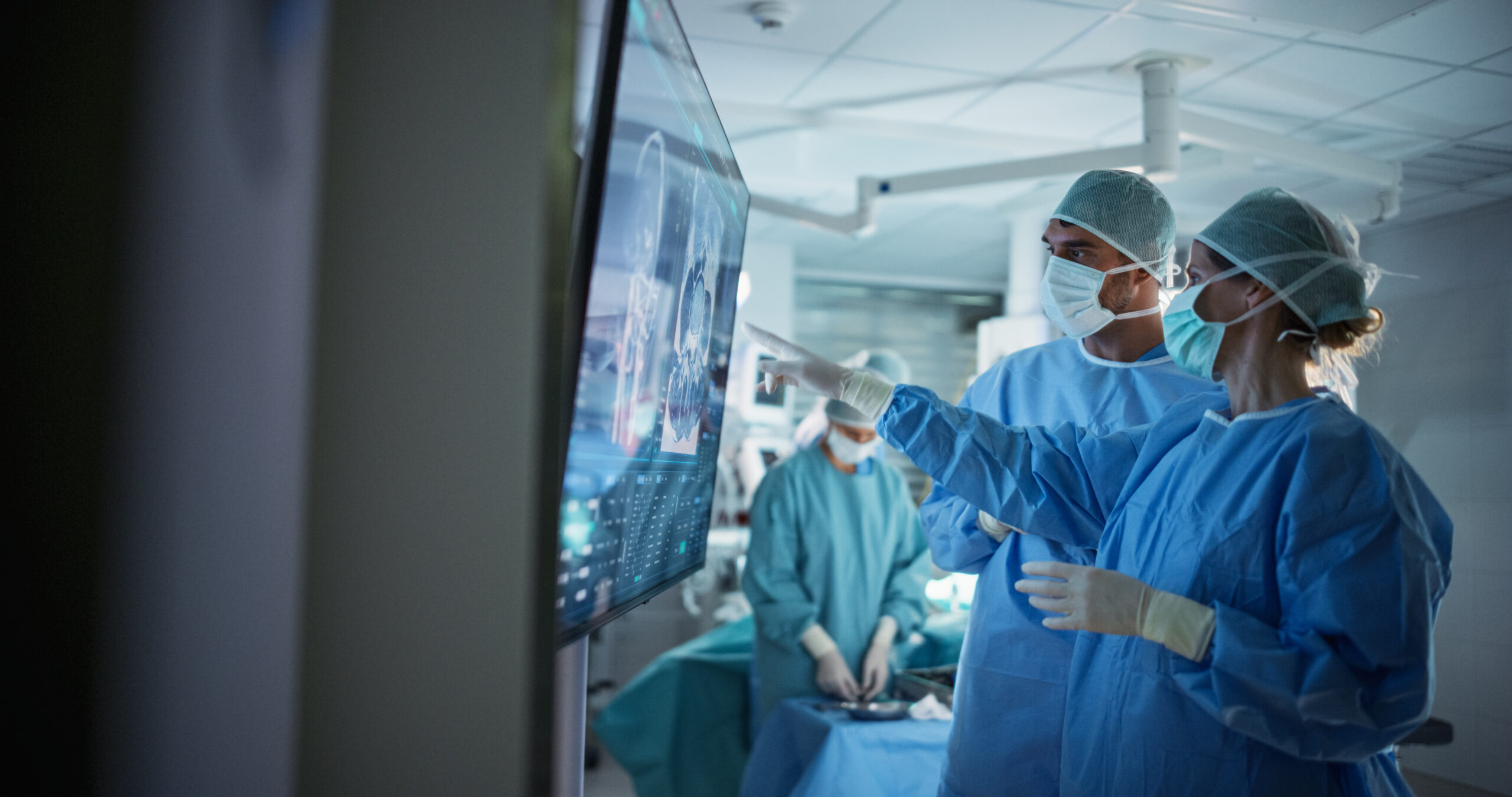By David Banach
The world of medicine is changing rapidly, and nowhere is that more evident than in the field of infectious diseases. From emerging pathogens to antimicrobial resistance, climate-driven disease patterns to global pandemics, the challenges we face today are more complex and fast-moving than ever before. For tomorrow’s physicians to be prepared, we must rethink how we educate and train them—not just in theory, but in the real-world scenarios they’ll be stepping into.
As a physician and medical educator, I’ve spent years balancing clinical care, research, and teaching. I’ve seen how valuable it is to equip students not just with textbook knowledge, but with the ability to adapt, communicate, and lead during times of uncertainty. The future of infectious disease response depends on how we prepare today’s learners.
Understanding the Stakes: Infectious Diseases in a Globalized World
We live in a world where a virus can spread across continents in days. Air travel, urbanization, and climate change have transformed the infectious disease landscape. New threats like H5N1 influenza, COVID-19, Mpox, and Zika have reminded us that outbreaks can arise quickly, with devastating impact.
Medical students must now understand that infectious diseases aren’t isolated to hospital wards—they affect communities, economies, and public health systems worldwide. This means training physicians to think beyond the microbiology and into the bigger picture: epidemiology, health equity, and systems-based practice. We need future doctors to recognize how social determinants, misinformation, and policy all play roles in the spread and control of disease.
Teaching Flexibility in a Fast-Changing Field
One of the greatest skills a physician can have when facing infectious disease threats is adaptability. During the COVID-19 pandemic, guidance evolved frequently. New data emerged almost daily. Physicians had to pivot quickly—adjusting treatment plans, infection control measures, and even how care was delivered.
In medical education, we must model this kind of flexibility. Students should be taught to think critically, interpret new data, and apply it in real time. That means moving beyond memorization toward problem-solving and analysis. Case-based learning, simulations, and exposure to real-world scenarios can help students build confidence in making decisions amid uncertainty.
We also need to teach students that medicine is a team sport. Collaboration with nurses, pharmacists, infection preventionists, public health officials, and others is essential. Interprofessional education helps break down silos and prepares learners for the teamwork necessary during public health crises.
Integrating Public Health into Medical Education
Another major shift is the integration of public health into clinical training. Too often, medical students view public health as something separate from their work with patients. In reality, the two are deeply connected.
I’ve found that when we introduce students to public health concepts early—such as outbreak investigation, infection control, vaccination campaigns, and community health—they begin to see themselves as part of a larger mission. They understand that their role isn’t just to treat illness, but to prevent it.
During rotations, students benefit from shadowing physicians involved in infection control, epidemiology, and public health partnerships. Some of the most meaningful experiences come from participating in outreach programs or working in student-run clinics, where the emphasis is on prevention, education, and equity.
The Importance of Mentorship and Role Models
Preparing students for infectious disease challenges also means surrounding them with mentors who lead by example. Whether it’s a physician overseeing hospital infection control, a researcher studying resistant bacteria, or a public health leader navigating an outbreak, students learn a great deal by watching how these professionals act under pressure, communicate with the public, and make evidence-based decisions.
As educators, we need to be present, approachable, and willing to share both our knowledge and our uncertainties. I’ve found that some of the most important lessons happen during informal conversations—discussing a difficult case, reviewing new guidelines, or even reflecting on the emotional toll of outbreak response. These are the moments that shape the next generation of thoughtful, resilient physicians.
Fostering Curiosity and a Lifelong Learning Mindset
Perhaps the most important thing we can do as medical educators is inspire curiosity. Infectious diseases are constantly evolving, and physicians need to be lifelong learners to keep up. Encouraging students to ask questions, seek out the latest research, and remain open to new approaches sets the foundation for careers that are both impactful and adaptable.
Students who are curious will follow emerging science, participate in research, and contribute to public discussions. They’ll also be better prepared to educate patients and communities, helping to counter misinformation and build trust—critical tools in disease prevention.
Looking Ahead: The Physician’s Role in the Next Outbreak
We don’t know what the next major infectious disease challenge will be. But we do know that the physicians we’re training today will be the ones responding to it. They’ll be in emergency rooms, leading public health efforts, running infection control programs, and educating the public. The stakes are high—and our approach to medical education must rise to meet them.
By teaching adaptability, collaboration, public health integration, and scientific curiosity, we can prepare our students not just to treat disease—but to lead in the face of it.
A Responsibility and a Privilege
As someone who has spent years teaching in both classroom and clinical settings, I view medical education not only as a responsibility but also a privilege. Watching students grow into skilled, compassionate, and informed physicians is one of the most rewarding parts of my career.
Our future depends on how we guide them. And with thoughtful, real-world training, we can ensure that the next generation is ready—not just to meet infectious disease challenges, but to shape a healthier, more resilient world.
